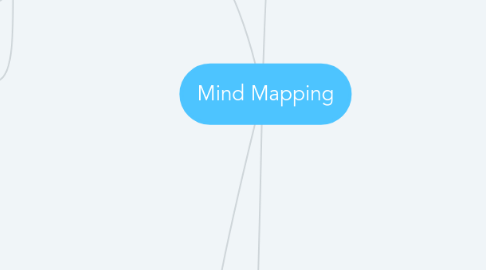
1. Creativity
1.1. Essentially a Mind Map is a blank canvas; why not have some fun in your classroom? Get the creative juices flowing by throwing your students a silly idea and asking them how this can be achieved? Not only will this exercise encourage creativity, but it will also help students think for themselves and have some fun with it!
1.1.1. A brilliant way to develop student’s communication skills is through presentations. However, students can easily become bored listening to others present. Mind Maps act as visual information providers and encourage the audience to engage with the material that is being presented. Easily create an interactive Mind Map online with this free mind mapping tools.
2. In-Class
2.1. Teaching
2.1.1. Online Mind Maps can be used in class to brainstorm and generate discussions. This will encourage students to participate but also to fully understand a topic and its nuances by creating connections between ideas.
2.2. Hand-outs
2.2.1. 3. Mind Maps that have been created online can easily be printed and shared with students. Notes in the Mind Map can built on by students in class.
2.3. Presentations
2.4. Learning
2.4.1. Mind Maps have been embraced in the realm of education as a learning tool which help students reinforce knowledge by making connections between different areas and delving in-depth into an area.
3. Outside Class
3.1. Collaboration
3.1.1. The new generation of “Digital Citizens” are highly adaptable to change and expect to use technology as part of their education. Students can easily work together on group projects or assignments using free online study tools such as ExamTime where you can share your Mind Map with friends or a group of people.
3.1.2. A great way to use Mind Maps for assessment is to ask students to express their ideas about a topic in a Mind Map before and after a class. Students will retain the information better and it will also reassure teachers that students remember and understand the knowledge.
3.2. Assessment
3.3. Comprehension
3.3.1. Analyzing study material by reflecting on what you have learned is key to fully comprehending new information. Encourage students to delve into the material and see how far they can go – a Mind Map can develop into several ideas which can branch out into new Mind Maps from each node.
4. Pre-Class
4.1. Planning
4.1.1. Whether its lesson plans, design of your class curriculum for the school year or planning an assignment timeline, Mind Maps give you a clear and visual overview of what needs to be covered.
4.2. Organising
4.2.1. If you’re the type of person who regularly jots down ideas and thoughts, Mind Maps are the perfect tool to create structure and organization of a topic.

